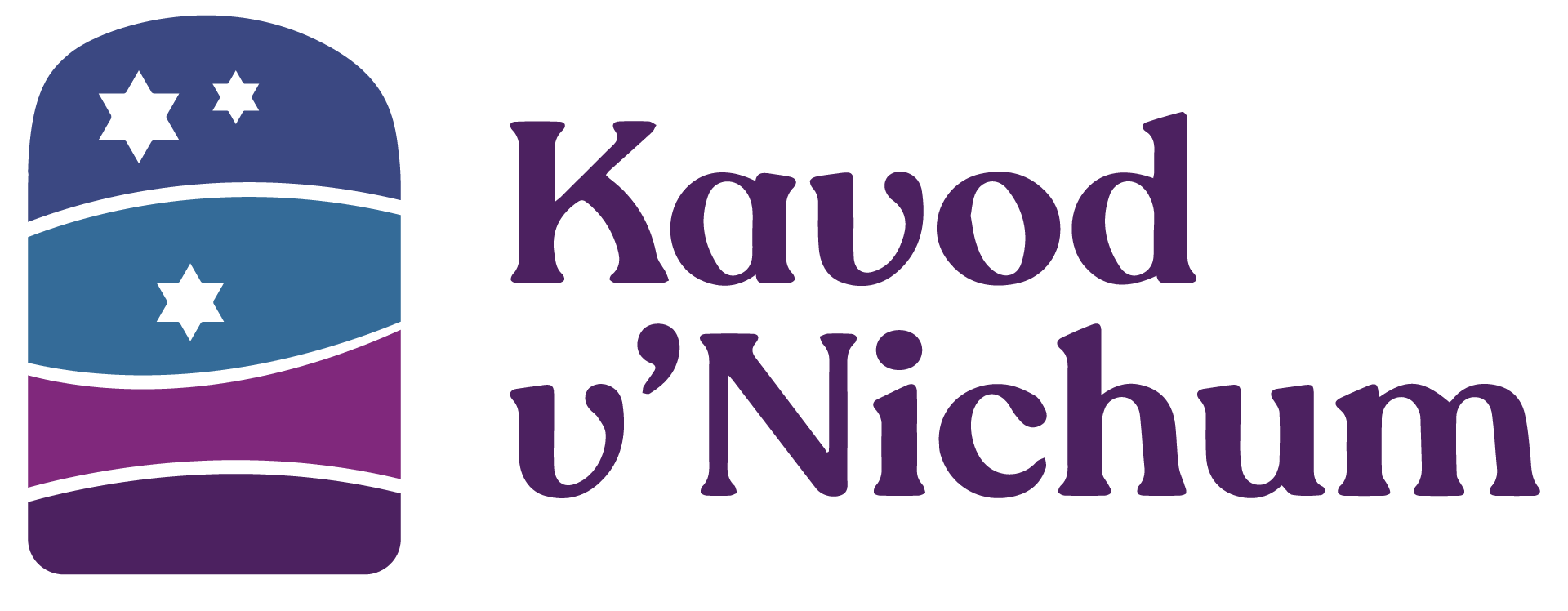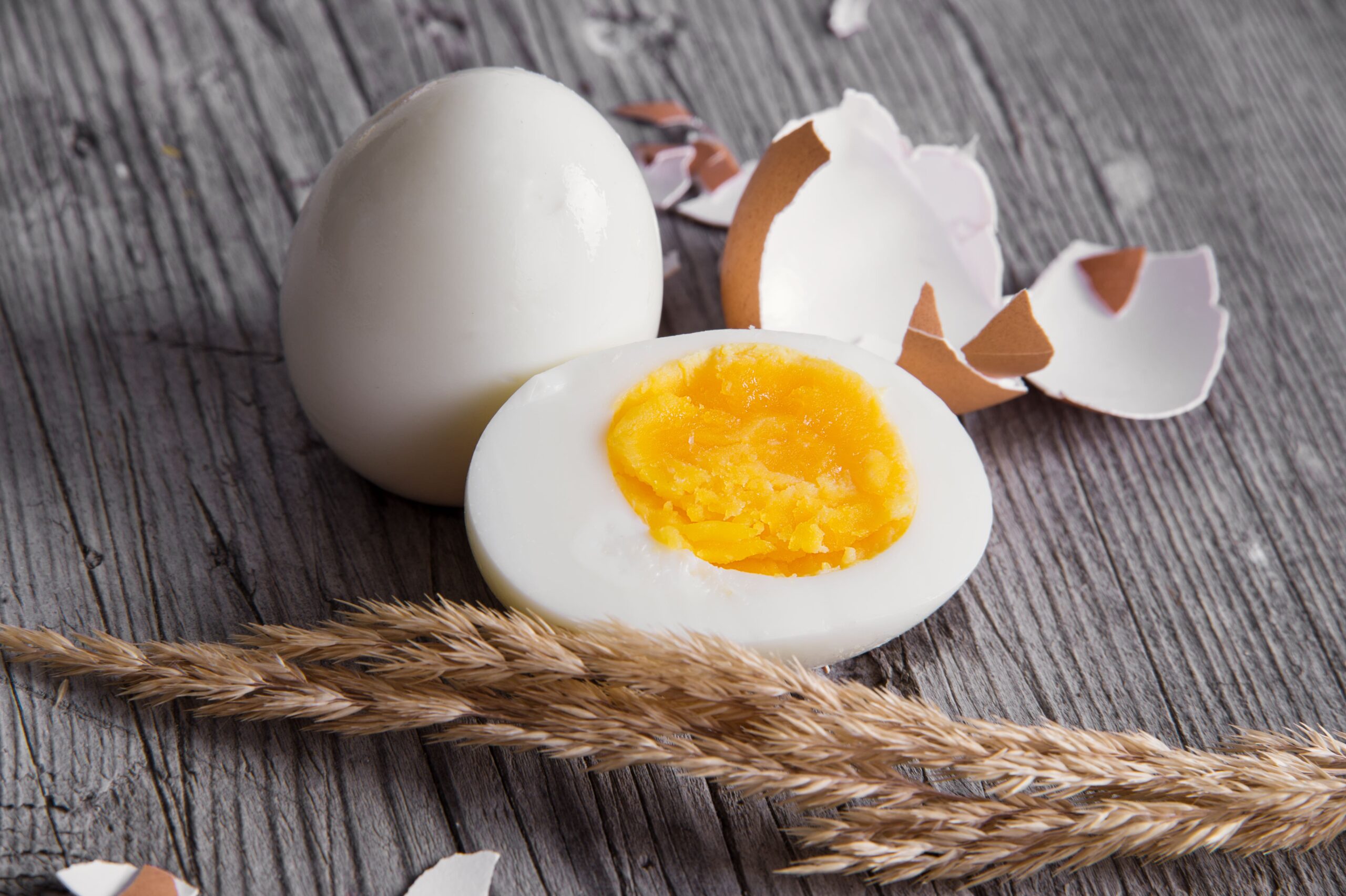Jewish ritual life often intersects with symbolic foods and at the end-of-life, the Meal of Condolence is that moment. The Meal of Condolence is the first full meal that the mourners eat upon returning home to begin sitting shiva, the seven-day period of mourning following the death of a loved one.
The meal was traditionally prepared by the neighbors of the mourners. This custom was so important that the sages in the talmud, the central text of Rabbinic Judaism, admonished neighbors who caused the bereaved to eat their own prepared meal because it was felt that not doing so might display indifference to the suffering of the people around us.
This custom serves two important and beautiful functions.
The first, is the basic care of our community. The mourners might be in a state of distress and deep grief, so much so that they might choose to not eat in order to cause themselves greater suffering or they might be so consumed by grief that they inadvertently forget to eat.
The second is that it allows those of us not in mourning, to move from spectator to participant. At the funeral, we stood close by, watching the people we care about in pain. We formed two lines and offered quiet words of comfort as the mourners walked away from the gravesite in anguish. Now we are able to move from sentiment to service.
We bring the mourners the sustenance of life, figuratively and literally. For these reasons, the Meal of Condolence is mandatory for the neighbors (or community), and not the mourners.
The menu of the Meal of Condolence:
- Minimally, it should include bread –a symbol of life. Nowadays many people serve bagels or pita because not only are they bread, but they are round and round food symbolizes the cyclical nature of life.
- Ashkenazi custom is to serve hardboiled eggs as another round food. Some explain that the egg is the only food that hardens the longer it is cooked, and people must learn to “harden” (protect) themselves when death occurs.
- Sephardi Jews serve Huevos Haminados, overnight cooked hard-boiled eggs, that turn pale brown in color with creamy yolk. Persian Jews serve kuku sabzi, herb frittata, where the greens too symbolize renewal and revival. (From: Vered Gutman: Food and Death)
- Lentils are also popular because they don’t have an “eye” like many beans which is symbolic of the person we mourn no longer being seen.
When should the meal be served?
- The Meal of Condolence must be the very first meal eaten on the day of interment.
- If interment took place at night, the time for the first meal is considered to be all night or any time during the next day.
Who must prepare the meal?
- Ideally, the neighbors or the community should prepare the meal. If they do not, the relatives of the mourner may perform this mitzvah, obligation. If that is not possible, the mourners may prepare it for one another. If no one is available to perform this commandment, the mourner should prepare their own meal. No mourner is expected to fast.
If the Meal of Condolence is not yet ready when the mourners have returned from the funeral, they may partake of light refreshments of their own, such as coffee and cake, providing they do not eat bread or cooked food or sit down to a table as at a formal meal.
When is the Meal of Condolence not served?
- The Meal of Condolence is not served at a time when there is no formal, public observance of mourning, such as on Shabbat or the major festivals (Passover, Shavuot, and Sukkot), or on the late afternoons preceding these days. However, the meal should be served on days of Rosh Chodesh, Hanukkah, Purim, and Chol Hamoed.
If a second death occurs during shiva, another Meal of Condolence is served.

